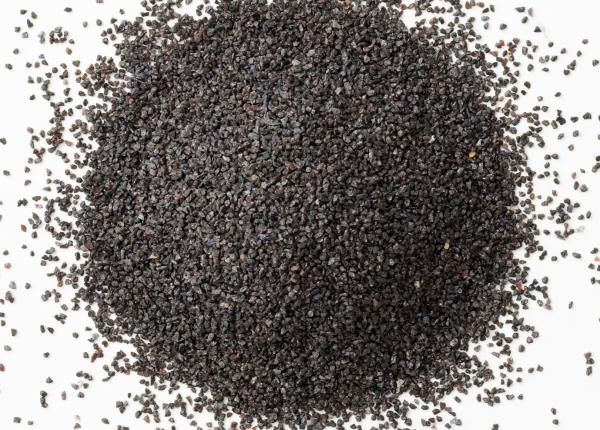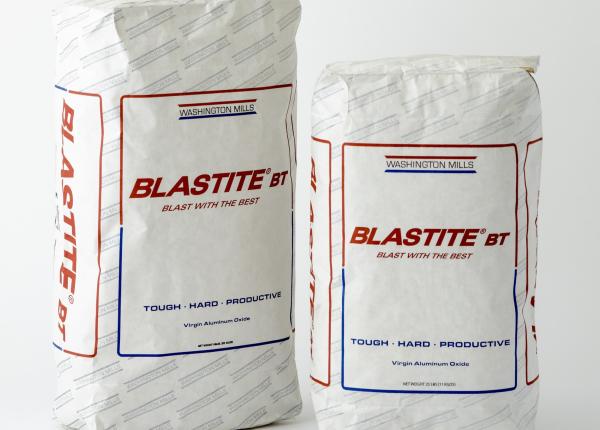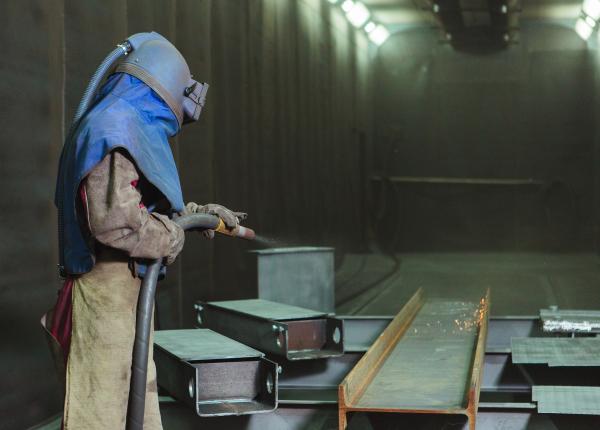SOLUTION
Washington Mills evaluated the customer’s aluminum oxide grit and found that the material was comprised of a wide variety of grain sizes and a large amount of dust. The material wasn’t able to produce the desired finish upon the first past and was quickly sent to their dust collector system. Washington Mills recommended BLASTITE® aluminum oxide grit for their blasting application. Switching to BLASTITE®, a high quality, closely graded aluminum oxide grain that is manufactured with precision and care, would eliminate the performance problems and rapid material break down. We explained that a poor quality abrasive grain will contain more fines and dust. This often leads to poor abrasive efficiency on the component’s surface since most of the grit blasting media is funneled into the dust collector before it hits the material’s surface. Moreover to solving their performance issues, Washington Mills purposed a closed loop recycling program to take away their spent abrasive grit and recycle it in a completely closed loop system.



